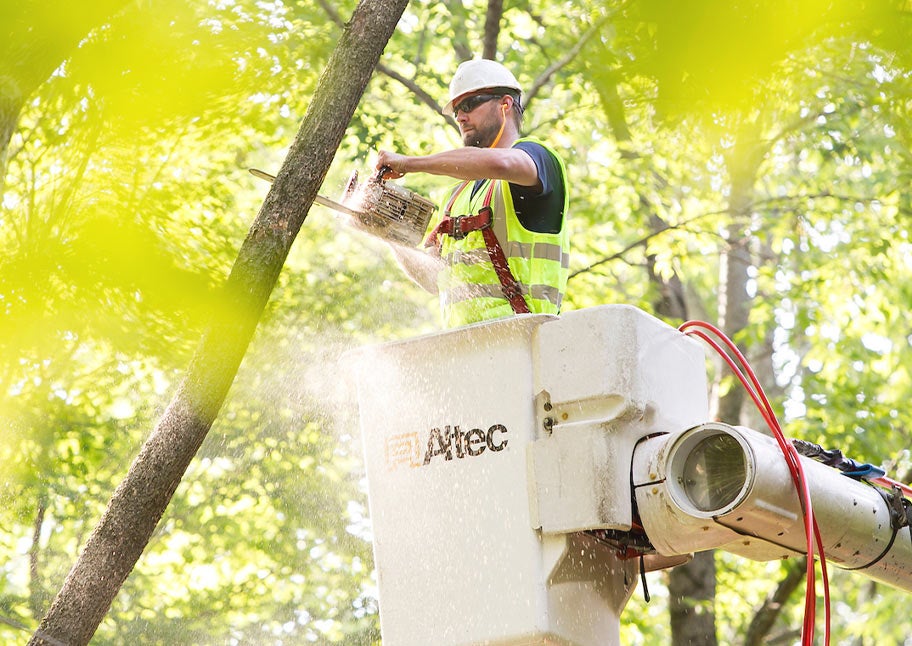Good preparation keeps everyone safe, and provides more comfort during a power outage.
We’re always thinking, planning and training for New England storms and the damage they can cause. But no matter how much we plan, power outages can and will happen. And the best way to keep your family and home safe is to be as ready as you can before a storm hits.
Pre-Storm Safety Tips
Esta información es importante.
Esta é uma informação importante.
Cette information est importante.
This information is important.
More Safety Tips
We are always thinking about storms
A key part of our efforts is to prevent power outages from happening in the first place. We maintain thousands of miles of power lines and utility poles throughout our service territories. Consequently, our crews are in the communities we serve constantly. They check and maintain our distribution systems to make sure everything is in working order.
To ensure a reliable power supply, we research the latest technology and upgrade our equipment regularly. In addition, our distribution system has safeguards, such as backup systems which help us reroute power in the event that one system fails.
Proactive tree care helps keep the power on
A major part of ensuring a reliable power supply is keeping trees and vegetation away from power lines. Branches rubbing against power lines, or storms bringing down limbs and trees cause the majority of power outages.
With so many miles of power lines, our tree pruning program runs continuously. Careful cutting of selected limbs helps prevent storm trouble. Our tree pruning practices have been thoroughly reviewed to make sure we fully meet industry standards throughout our service territory.


